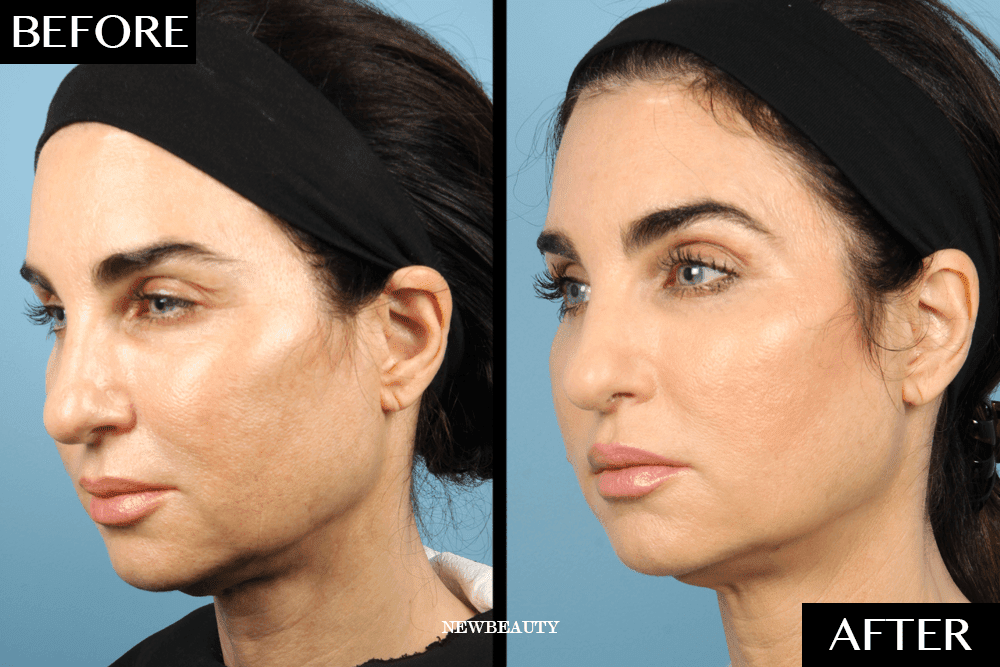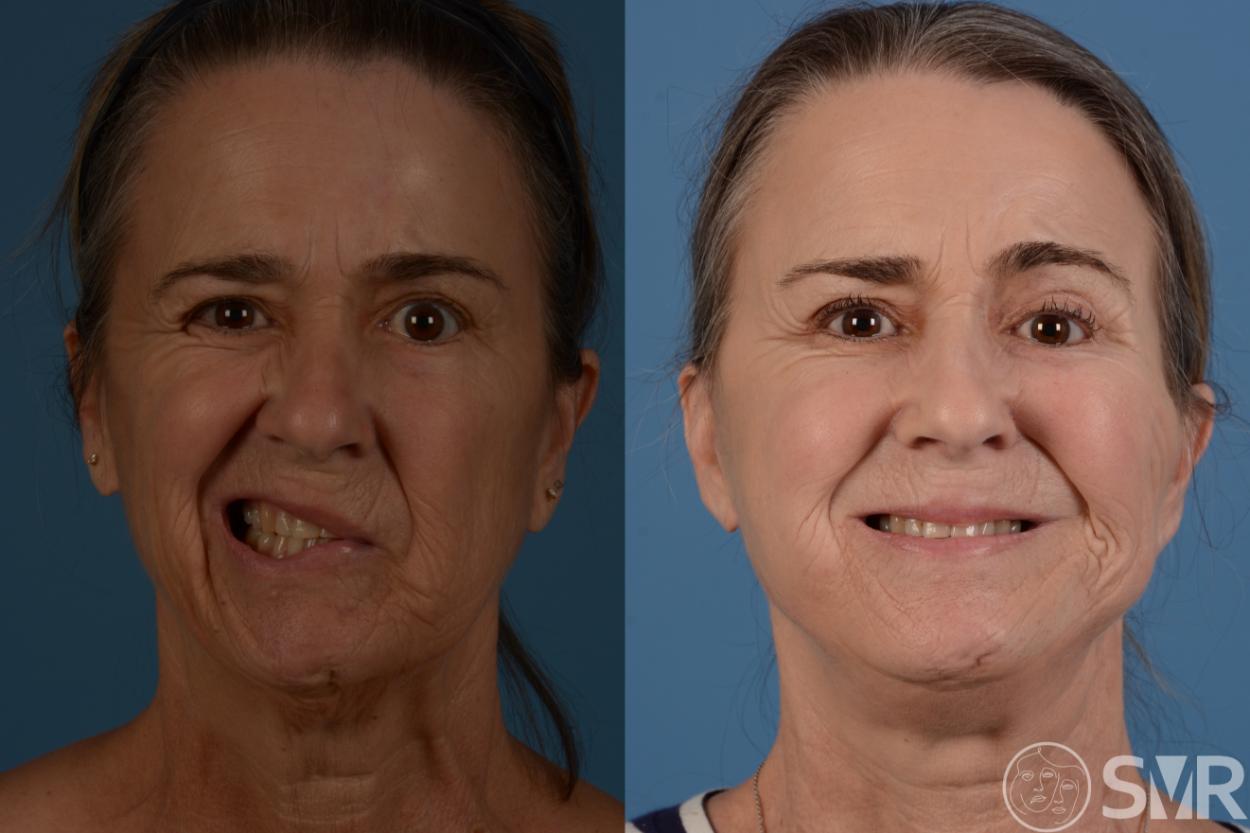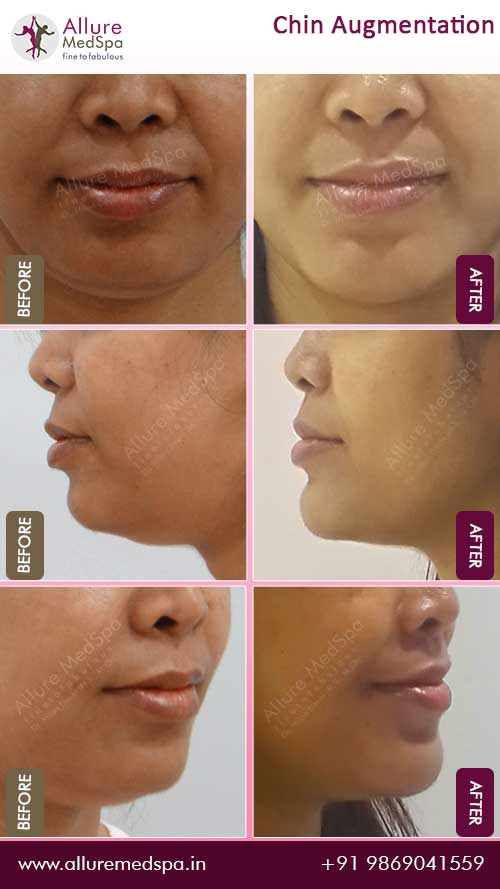
If you are looking for more youthful skin, and want to have a natural outcome with no downtime or recovery, CO2 laser can be a good option. Patients will feel some redness after CO2 laser resurfacing, but not as much as with more powerful lasers. Although it may become more severe, it will soon disappear. Patients should avoid sunburns and excessive tanning for at most four weeks prior to their procedure. They should also avoid medications that can make them sensitive to the sun.
Fractional CO2 laser surface resurfacing
Fractional laser resurfacing uses lasers to treat specific areas. This technique is especially useful in reducing scarring, fine lines, pigmentation, and other imperfections. It can also treat sun spots and precancerous lesion. Before going under this procedure, patients should consult with a dermatologist.
Fractional CO2 laser treatment is less invasive and requires one to two treatments. The recovery time for CO2 laser treatments is much longer. The procedure generally requires around a week of recovery. Patients are encouraged to avoid tanning for a few weeks before the procedure to avoid increased discomfort during the recovery period.

Downtime
The recovery process for a CO2 laser procedure may take several weeks to complete, depending on how large the area being treated. Some patients experience redness, which can last from one to four months. The laser used to treat the patient may cause reddening. Patients can minimize redness after treatment by applying topical ascorbic acid or wearing makeup that's hypoallergenic.
The recovery time from a fractional CO2 laser is generally only a couple of days, while a deeper treatment may require seven days. It depends on how many treatments are required and how much downtime the patient is able to bear. One or two treatments may be sufficient if the patient is capable of coping with downtime.
Side effects
Side effects from CO2 laser skin resurfacing can sometimes be mild but temporary. Some patients may experience reddening in the area treated by CO2 laser resurfacing. This can last anywhere from one to three weeks. This could be due to an underlying condition, or the laser provider's technique. If this happens, antihistamines may be prescribed or steroids should be used. You should also avoid using harsh skin treatments. Hypoallergenic makeup can also be used to hide the redness. The recovery time for CO2 laser treatment may take longer than other laser treatments.
The extent and severity of CO2 laser surgery will determine the level and type of pain. For severe cases of CO2 laser resurfacing, your doctor may prescribe a combination or local anesthetics and sedatives to reduce pain. In some cases, general anesthesia is used for the entire procedure, allowing you to sleep through the procedure. You'll also be required to wear special eyewear to protect your eyes from the laser.

Aftercare
CO2 laser resurfacing uses a laser beam with high intensity that heats the dermal layer and removes the skin's top layer. Red, swollen and itchy skin may result from the procedure. Patients can expect to recover in two weeks. Avoid applying any cosmetics or makeup to the affected areas. It is important to use sunscreen.
Patients will need to rest for several days after the procedure. This will allow your skin to heal. The treatment site will be treated with a topical anesthetic to reduce any pain. An injection of anesthetic may be given by your physician to reduce discomfort. Patients are also required to follow the instructions for prescribed medication. They should also expect to experience significant downtime in social settings for up to five to ten days. Patients should not be exposed to the sun for too long as this can lead to skin tissue damage.